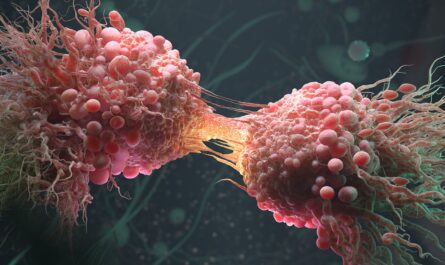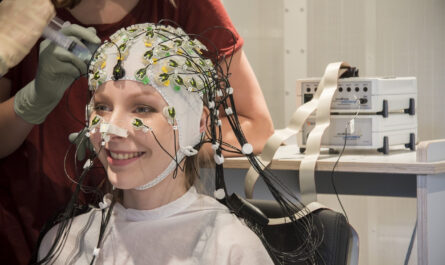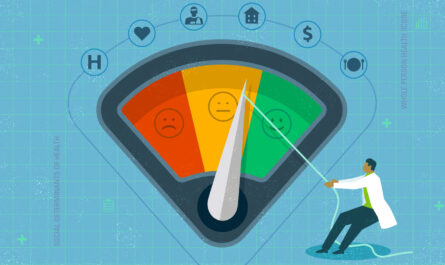A recent study published in Nature Neuroscience by Du Jiuli’s group and Mu Yu’s group at the Center for Excellence in Brain Science and Intelligence Technology of the Chinese Academy of Sciences (CAS), in collaboration with Hao Jie at the Institute of Automation of CAS, has unveiled a groundbreaking approach to analyzing neural dynamics in real-time. By harnessing data processing techniques from astronomy and employing a hybrid architecture of field programmable gate array graphics processing unit (FPGA-GPU), researchers achieved the remarkable feat of conducting real-time registration, signal extraction, and analysis on data streams reaching up to 500MB/s.
The study focused on whole-brain neuron activity imaging, a potent tool for unraveling the mysteries of the brain. However, the substantial data processing requirements posed a significant challenge, hindering real-time analysis and closed-loop investigations of brain functions. To address this issue, the researchers drew inspiration from rapid radio burst detection technology in astronomy and designed an optical neural signal preprocessing system based on the FX system and FPGA programming flexibility.
The innovative system processes signals from optical sensors, delivering them to a GPU-based real-time processing platform for rapid nonlinear registration, neural signal extraction, decoding, and feedback signal generation for controlling external devices. Notably, the system achieved a feedback delay of less than 70.5 milliseconds, enabling continuous monitoring of zebrafish whole-brain neurons’ activities in real-time.
The study demonstrated the system’s efficacy in three closed-loop brain science research scenarios. Firstly, real-time optogenetic stimulation targeted arbitrarily selected neuron ensembles, leveraging functional clustering of neurons in the whole brain. This closed-loop stimulation effectively activated downstream brain areas, showcasing its potential benefits over open-loop stimulation.
Secondly, by monitoring the activity of the locus coeruleus (LC) norepinephrinergic system in real-time, visual stimulation was applied during the excitatory phase of LC neurons, resulting in heightened responses across the brain. This highlighted the modulation of visual information processing by brain states and the significance of closed-loop sensory stimulation in studying the brain-environment interaction.
Lastly, real-time dimensionality reduction of all brain neurons’ activities to multiple neuron ensembles enabled the establishment of a virtual reality system directly driven by brain activities. This system allows for adaptive adjustments based on gain changes, offering a novel platform for exploring neuronal interactions with the environment.
By tapping into the potentials of real-time big data analysis and high-throughput whole-brain imaging, the researchers aim to identify neuronal activity patterns suitable for optical brain-machine interface (BMI) development, unveil underlying mechanisms, and enhance optical BMI technologies’ efficiency.
This study represents a significant advancement in applying cutting-edge techniques like virtual reality, whole-brain cellular-resolution optical imaging, and optogenetic control in the realm of closed-loop whole-brain-scale research, paving the way for deeper insights into neural dynamics and brain function.
*Note:
1. Source: Coherent Market Insights, Public sources, Desk research
2. We have leveraged AI tools to mine information and compile it



